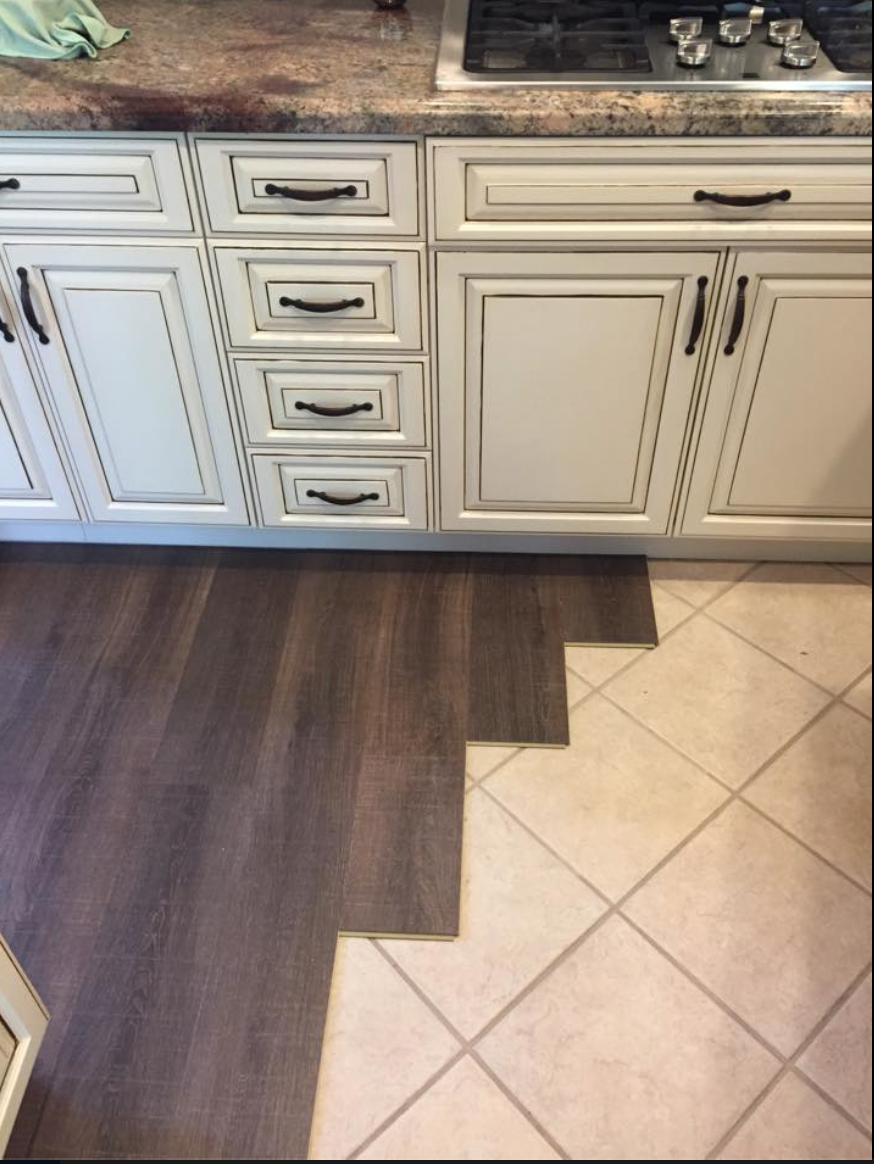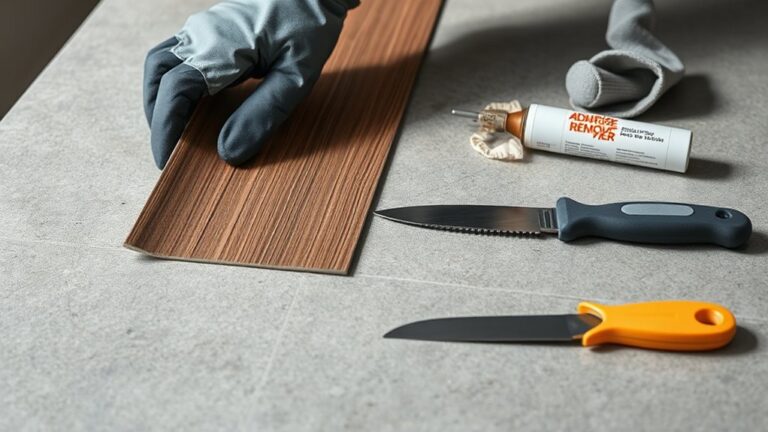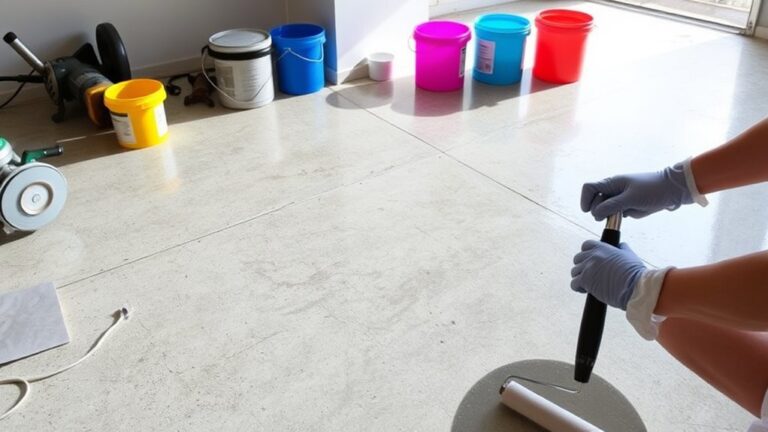Yes, you can install hardwood floors over tile as long as the tile is in good condition and level. Ensure the tile’s surface is properly prepared before installation.
Hardwood flooring can rejuvenate any room, offering a timeless aesthetic that adds value and warmth to your home. Laying hardwood floors over existing tile is a cost-effective way to upgrade without the hassle of tile removal. It requires minimal preparation and can significantly reduce installation time.
This method also prevents potential damage to the subfloor and reduces renovation waste. With the proper underlayment to smooth out any surface texture, solid or engineered hardwood can be installed directly over your old tiles, provided the tiles are securely attached to the subfloor. This is an excellent option for homeowners seeking a quick transformation with an elegant outcome.

Introduction To Flooring Overlays
Layering hardwood floors over existing tile requires understanding the installation process. It’s essential to know, not all floor types can be layered. Why consider an overlay? Revitalizing a room without removing the old flooring saves time and effort. It also avoids the mess of demolition. Overlaying can provide a fresh look quickly.
Yet, it’s crucial to weigh the pros and cons carefully. Pros include reduced labor and potentially lower costs. Cons, on the other hand, encompass height issues and potential door adjustments. Also, the new layer may hide problems like rot or mold underneath.
Before proceeding, assessing the condition of current tile is critical. Ensure tiles are well adhered, level, and free of damage. Loose tiles must be repaired or removed to create a stable base for the hardwood.
Preparation Steps For Hardwood Installation Over Tile
Before laying hardwood floors over tile, ensure the tile is stable. Check for loose or damaged tiles. These issues need fixing before starting. Otherwise, they can affect the hardwood floor. A stable subfloor means a longer-lasting hardwood floor.
To manage height differences, assess doorways and transitions. Raised floors may need special transition strips. These strips create a smooth passage between rooms. Remember to account for height changes when planning installation.
Clean the tile surface thoroughly for a strong bond. Dirt and debris prevent proper adhesion. Follow with leveling any high or low spots. Use a floor leveling compound if needed. A level surface is critical for a solid installation.
Installation Techniques For Hardwood Over Tile
Choosing the right hardwood flooring is key. Think about thickness, material, and finish. Thin floors work best. They add less height. Consider the room’s humidity too. Wood expands and contracts with moisture. The proper choice ensures a seamless fit.
Discuss floating floors versus the glue-down method. Floating floors are easier. They don’t need glue. Instead, they lock together. This method works well over tile. Glue-down hardwood needs strong adhesive. This adhesive sticks wood to tile. A professional can help choose the best one.
Make sure the floor sticks well. Clean the tile surface. Check for any cracks. Flat, secure, and dry surfaces are best. Avoid moisture beneath the wood. Use a moisture barrier if needed. This step helps avoid wood damage. These measures prevent future repairs and save money.
Potential Challenges And Solutions
Installing hardwood floors over tile can be tricky. Tiles might not be flat or even. Grout lines might cause bumps. A leveling compound may smooth things out.
Wood floors can expand and shrink. This change is due to temperature and humidity. To prevent gaps or buckling, leave space at edges. Use proper transition strips between rooms.
Maintenance Tips For Longevity Of The Hardwood Floor
- Regular cleaning is key. Use a soft-bristle broom or vacuum.
- Avoid water and steam cleaning; they can damage wood.
- Refinish the surface every few years to keep it shiny.
- Protect against scratches. Use furniture pads under legs.
Conclusion: Making The Decision
Choosing to lay hardwood floors over tile involves several factors. Beauty, function, and cost must all align for a successful flooring update. It’s essential to weigh the visual appeal of hardwood against the tile’s durability and the alteration expenses.
Ideal situations for overlays often involve sound, level tile and a desire for a fresh look without complete tile removal. The existing tile’s condition is a critical aspect to consider. Properly installed hardwood can transform a room, but only if the tile underneath is well-adhered and flat.
Before proceeding, secure an opinion from flooring specialists. Experts can help navigate the complexities of installation over tile. Their assessment will ensure the hardwood’s longevity and performance. Professional input guards against unforeseen costs and technical issues, securing your investment.


Conclusion
Laying hardwood floors over existing tile is quite possible, blending beauty with practicality. It’s a savvy choice for those seeking an update without the hassle of demolition. Before proceeding, always consider the tile’s condition and height differences. Ready for a fresh look?
Your home’s transformation awaits with this innovative flooring solution.




